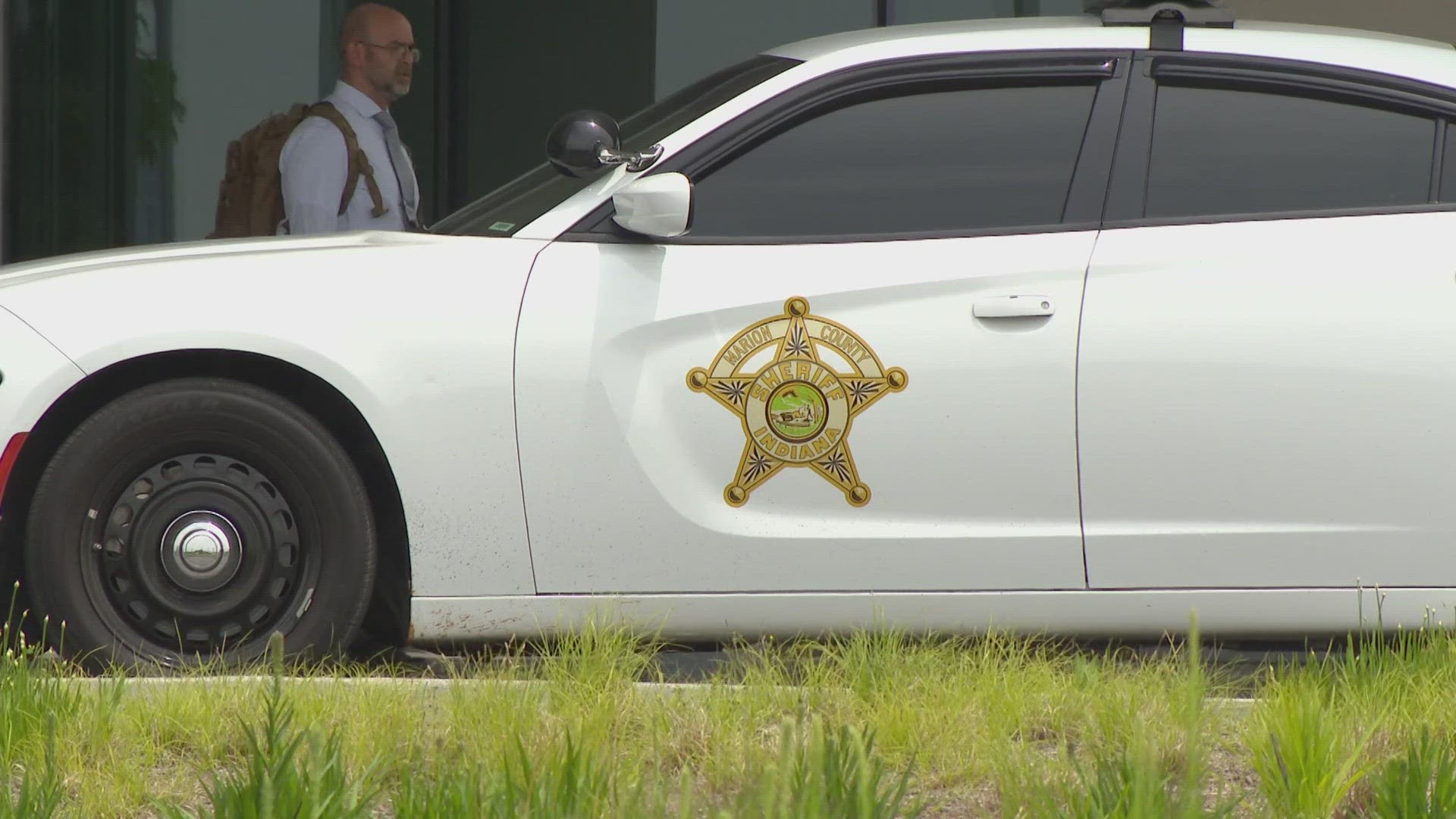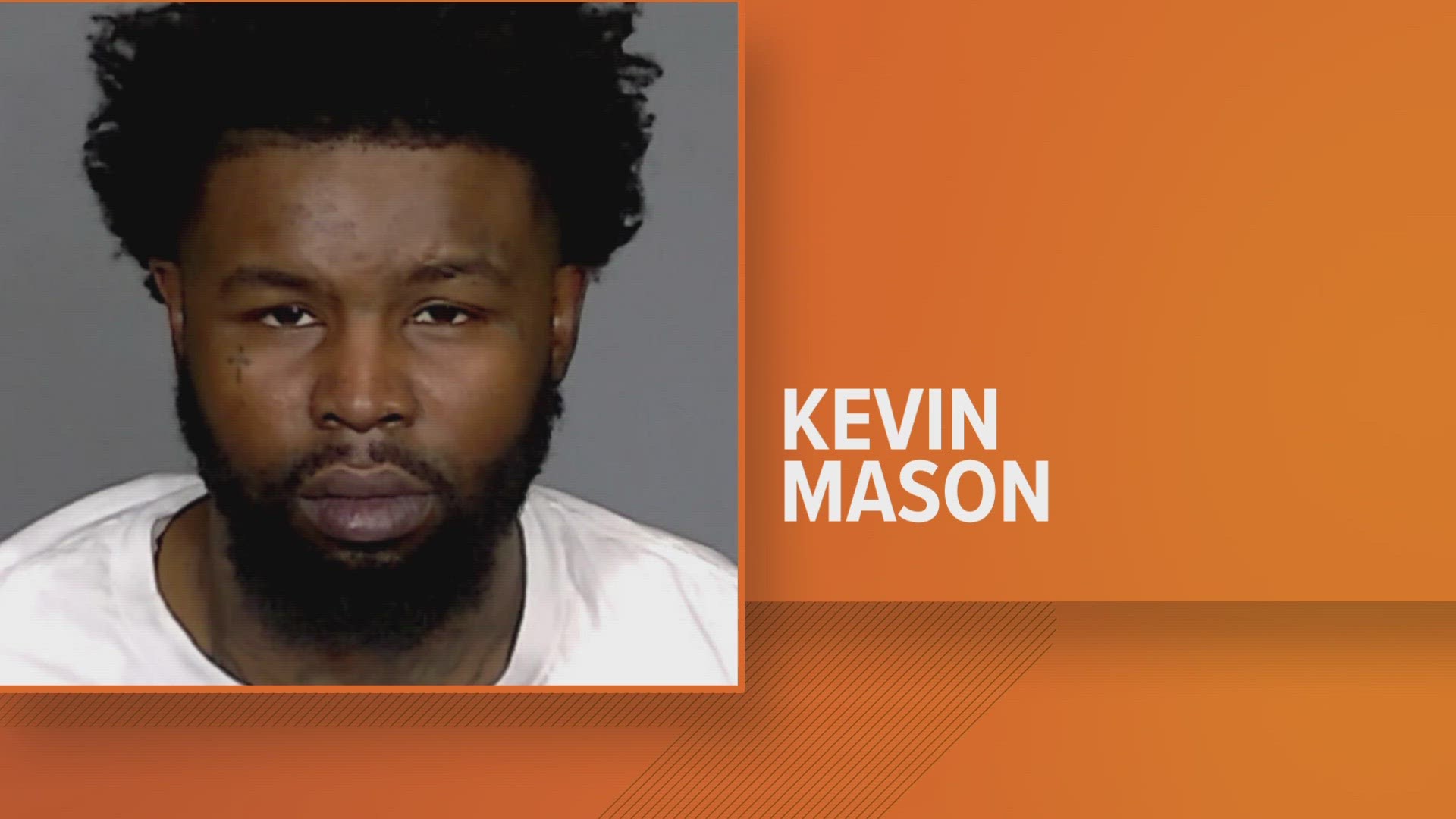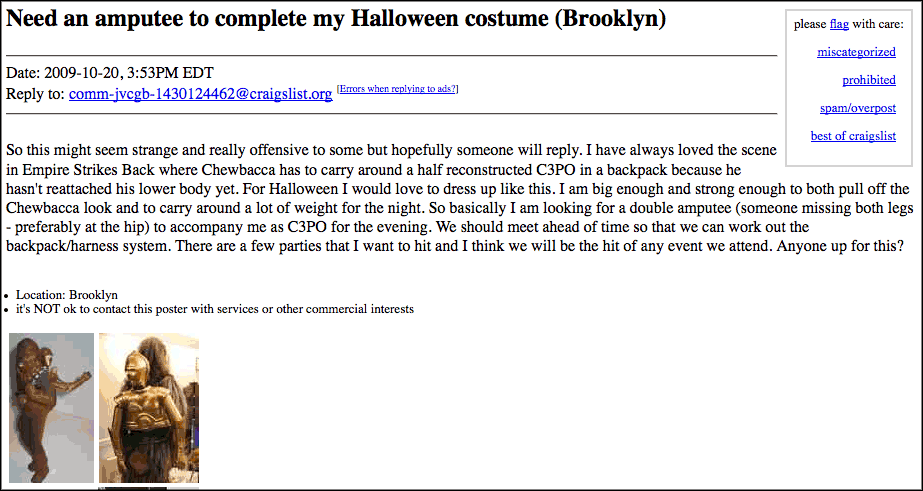Busted Newspaper Marion County Indiana
Busted Newspaper Marion County Indiana: The headline screams scandal, but what does it truly mean? This investigation delves into the potential scenarios behind such a declaration, exploring the historical context of Marion County’s newspapers, the legal ramifications of journalistic missteps, and the devastating impact on a community when its primary news source falters. We’ll examine the role of investigative journalism, the potential for financial ruin, and the lasting effects on public trust.
From the rise and fall of prominent publications to the legal battles faced by newspapers accused of libel or slander, this report dissects the multifaceted implications of a “busted” newspaper. We’ll explore hypothetical scenarios, analyze potential legal defenses, and illustrate the ripple effects felt throughout the community – from local businesses to civic engagement. The story unfolds through historical accounts, legal analysis, and compelling narratives, painting a picture of a community grappling with the consequences of journalistic failure or scandal.
Marion County, Indiana Newspaper History
The history of newspapers in Marion County, Indiana, mirrors the evolution of journalism itself, marked by technological advancements, shifting societal landscapes, and the enduring role of print media in informing and shaping the community. From hand-set type to digital platforms, the county’s newspapers have chronicled its growth, challenges, and triumphs.
Evolution of Newspapers in Marion County
Early newspapers in Marion County were largely partisan publications, reflecting the political divides of the time. The advent of faster printing presses in the late 19th and early 20th centuries allowed for increased circulation and more frequent publication. The rise of radio and television in the mid-20th century presented a challenge, but newspapers adapted by focusing on in-depth reporting and local news that broadcast media often overlooked.
The digital revolution, beginning in the late 20th century, brought about further transformation, with online news platforms and the challenges of maintaining a print readership.
Prominent Marion County Newspapers
Several newspapers have held significant influence in Marion County over the years. While a comprehensive list is beyond the scope of this article, key examples include the Indianapolis News, known for its progressive stance and investigative journalism; the Indianapolis Star, a long-standing daily with broad readership; and the Indianapolis Recorder, a historically important African American newspaper. Each played a crucial role in shaping public opinion and providing a voice for various segments of the community.
Researching specific founding dates and notable editors for these and other Marion County publications would provide a more detailed picture.
Impact of Technological Advancements
Technological advancements have profoundly shaped Marion County’s newspapers. The introduction of the steam-powered printing press dramatically increased production speed and efficiency, allowing for wider circulation. The development of phototypesetting further streamlined the process. The internet and digital publishing, while offering new opportunities for reach and engagement, also presented the challenge of adapting business models to a rapidly changing media landscape.
Many newspapers have had to embrace online subscriptions and digital advertising to survive.
Interpreting “Busted” in the Context of Newspapers
The term “busted,” when applied to a newspaper, typically signifies a significant setback or failure, often involving legal issues, financial ruin, or reputational damage. It suggests a loss of credibility and trust, impacting the newspaper’s ability to function effectively.
Examples of “Busted” Newspapers
A headline like “Local Newspaper Busted for Libel” clearly indicates a legal problem. “Busted Newspaper Faces Closure Amidst Financial Crisis” highlights a financial failure. “Newspaper Busted: Editor’s Scandal Rocks Community” points to a reputational crisis. These examples showcase the different ways “busted” can describe a newspaper’s downfall.
Consequences of a “Busted” Newspaper
Being labeled “busted” can have severe consequences. Loss of readership is inevitable as public trust erodes. Advertising revenue plummets as businesses hesitate to associate with a discredited publication. The newspaper may face legal action, fines, and potentially closure. The long-term impact on the community can be significant, particularly if the newspaper served as a primary source of local news and information.
Potential Legal Implications
Newspapers face potential legal ramifications for publishing inaccurate or harmful information. Libel, slander, and invasion of privacy are common causes for lawsuits against media outlets. A successful lawsuit can lead to substantial financial penalties and reputational damage.
Hypothetical Lawsuit Scenario
Imagine the Marion County Gazette publishes an article alleging corruption within the local government. If the allegations are false and defamatory, the government officials could sue for libel. The outcome would depend on whether the Gazette can prove the truth of its claims or establish a valid defense, such as qualified privilege or fair comment.
Legal Defenses for Newspapers

Newspapers have several legal defenses available if accused of publishing false or misleading information. These include truth, privilege (e.g., fair reporting of official proceedings), and opinion.
| Defense | Description | Example | Potential Outcome |
|---|---|---|---|
| Truth | The published information is factually accurate. | A newspaper reports on a court case, accurately citing the judge’s ruling. | Dismissal of the lawsuit. |
| Qualified Privilege | The information was obtained from a reliable source and published without malice. | A newspaper reports on a police press conference, accurately quoting the spokesperson. | Dismissal or reduction of damages. |
| Opinion | The statement is clearly presented as an opinion, not a factual claim. | A newspaper columnist expresses a critical opinion about a politician’s policies. | Dismissal of the lawsuit. |
| Fair Comment | The statement is a fair and honest opinion on a matter of public interest. | A newspaper critiques a recently released movie. | Dismissal of the lawsuit. |
Impact on the Community: Busted Newspaper Marion County Indiana

The “busting” of a newspaper significantly impacts the community it serves. Newspapers are vital for disseminating information, shaping public opinion, and fostering civic engagement. Their closure creates an information vacuum and can hinder community development.
Consequences for Local Businesses
Local businesses that rely on newspaper advertising face significant challenges when their preferred media outlet collapses. Loss of advertising revenue can impact their profitability and sustainability, potentially leading to job losses and economic hardship within the community.
Narrative of a Newspaper’s Closure
The closure of the Marion County Chronicle, after decades of service, left a palpable void. The once-bustling newsroom fell silent, leaving journalists jobless and the community grappling with the loss of a trusted source of information. Local events went unreported, civic discussions faltered, and the sense of community cohesion weakened. The absence of the Chronicle‘s local news coverage left a significant gap in community life.
The Role of Investigative Journalism
Investigative journalism plays a crucial role in holding institutions, including newspapers themselves, accountable. Exposing wrongdoing within a newspaper organization can lead to its downfall, but it also underscores the importance of journalistic ethics and transparency.
Investigative Journalism and Newspaper Downfall, Busted newspaper marion county indiana
An investigative report revealing unethical practices, such as fabrication of stories or conflicts of interest, within a newspaper can lead to loss of public trust and ultimately, the newspaper’s demise. This highlights the importance of robust internal ethical guidelines and accountability measures within news organizations.
Investigative Journalism: Metropolitan vs. Local
Investigative journalism differs in scope and resources between large metropolitan and smaller local newspapers. Metropolitan newspapers have more resources to dedicate to extensive investigations, while smaller local publications may focus on community-specific issues, often relying on citizen journalism and collaborations to uncover local corruption or wrongdoing. Both play vital roles in holding power accountable.
Visual Representation of a “Busted” Newspaper
A photograph depicting a “busted” newspaper could show a vandalized newspaper stand with scattered, ripped newspapers. The front page of a prominent newspaper might be defaced with graffiti or strategically torn, symbolizing the destruction of its credibility. Alternatively, the image could capture a chaotic newsroom, strewn with discarded papers and equipment, reflecting the internal turmoil and the aftermath of a scandal or financial collapse.
The overall visual effect would communicate a sense of disorder, loss, and failure.
Obtain access to craigslist houses for rent in new orleans to private resources that are additional.
Scene Depicting a Newspaper’s Downfall
The scene would be filled with a palpable sense of loss and disillusionment. Empty desks in the newsroom would be stark reminders of lost jobs. The once-vibrant atmosphere would be replaced by a quiet despair, punctuated by the rustling of discarded papers and the occasional sigh of a former employee packing their belongings. The community, too, would feel the weight of the loss, evident in the quiet streets and the absence of the familiar newspaper boxes.
The “busted” newspaper in Marion County, Indiana, represents more than just a failed publication; it symbolizes the fragility of trust, the power of the press, and the vital role of accurate reporting in a thriving community. This investigation highlights the complex interplay of legal responsibility, journalistic ethics, and the profound impact on local businesses and civic engagement when a newspaper loses its credibility or is forced to cease operations.
The visual imagery, from a damaged newsstand to a dispirited newsroom, serves as a poignant reminder of the human cost behind such headlines.




:quality(70)/cloudfront-us-east-1.images.arcpublishing.com/shawmedia/TWF6DVOZKJD4FJWTLAJVWPN6AQ.jpg)


